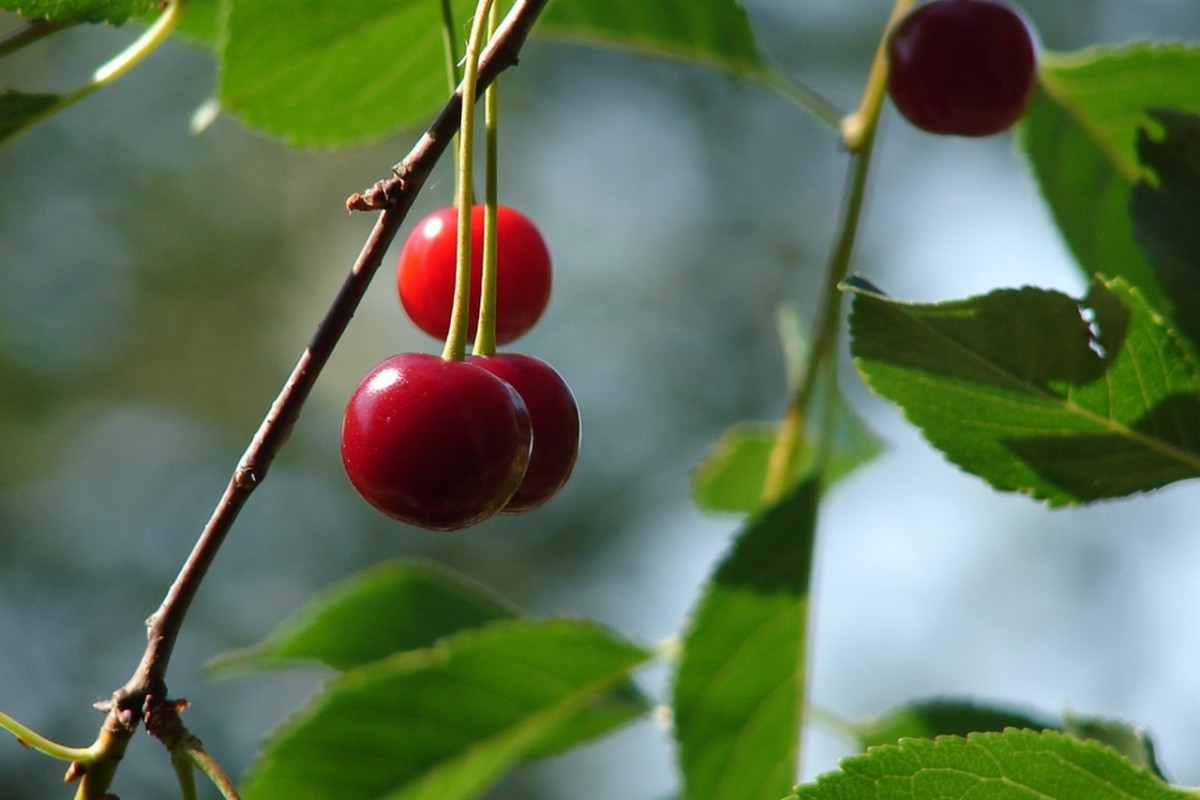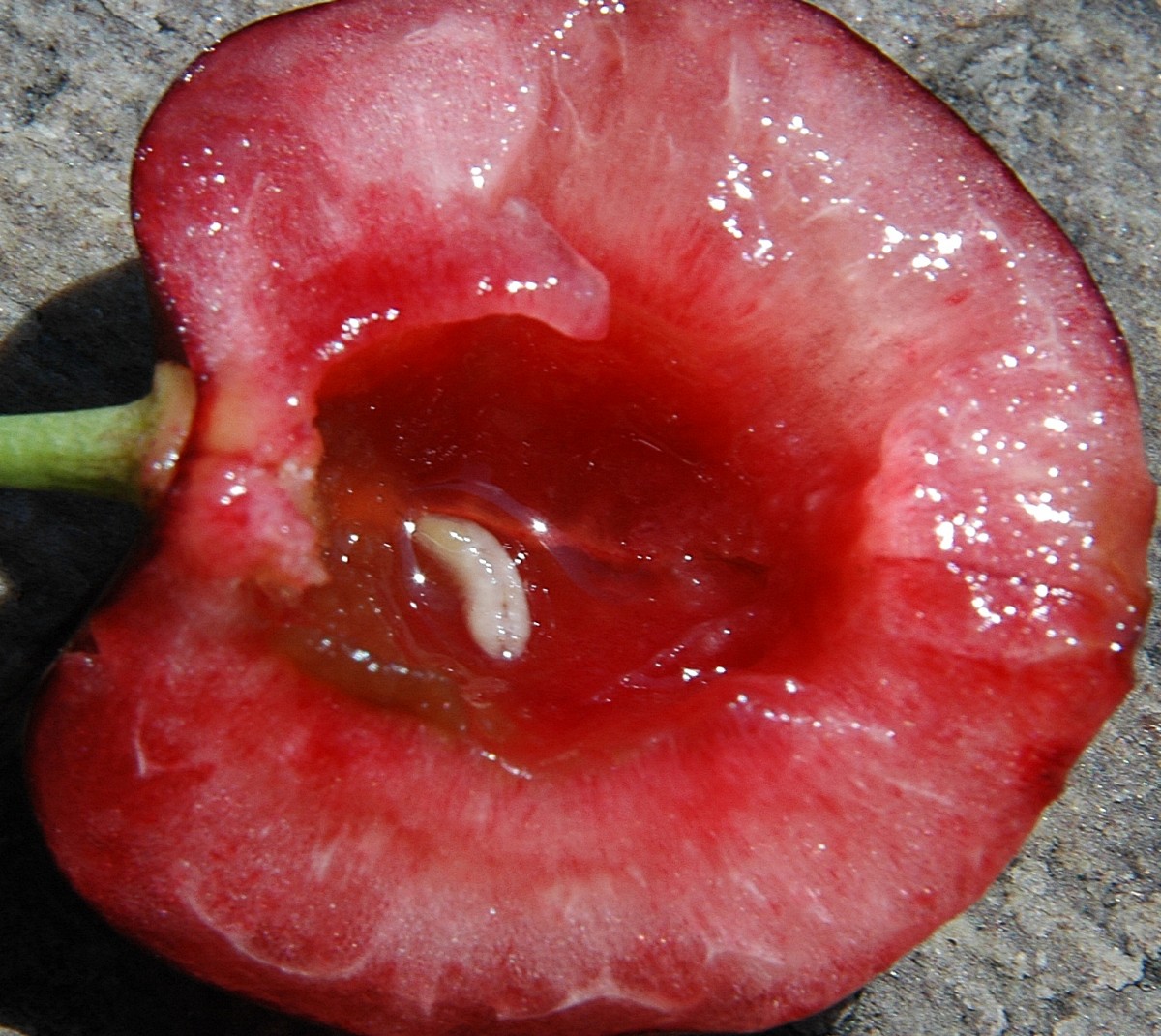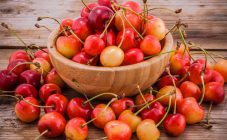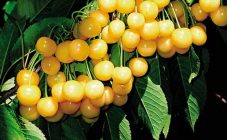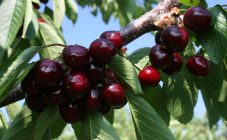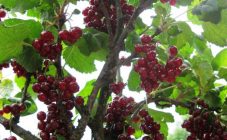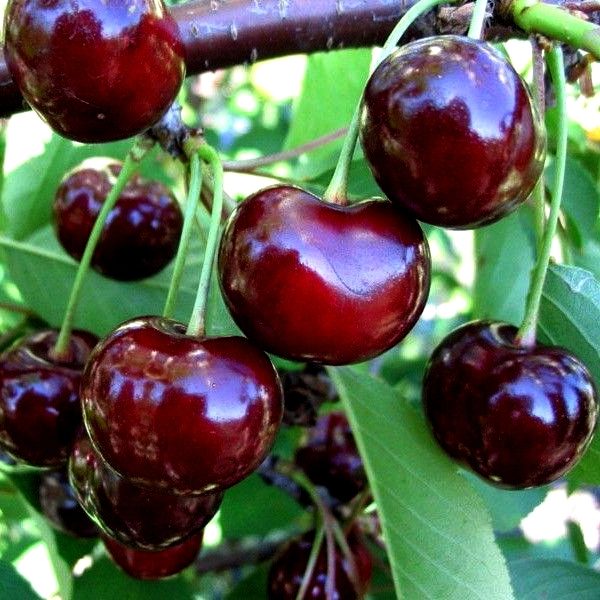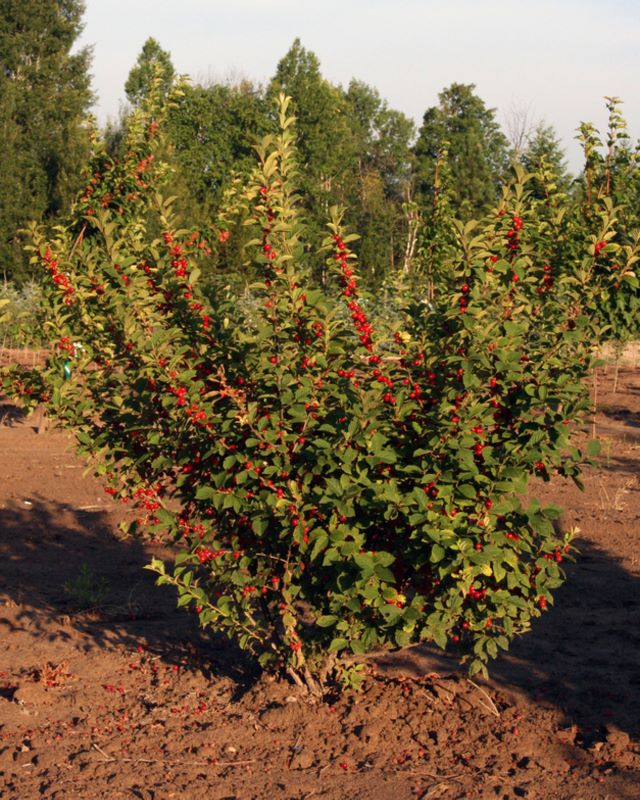Content:
Cherry fly — the most common and very insidious insect, dangerous to fruit trees. It affects cherries and cherries. As a result of its vital activity, larvae appear, which feed on the pulp of berries, which leads to their rotting and unusability. If you ignore its appearance, you can lose the entire crop. In order to detect the pest in time and carry out the treatment, you need to often inspect fruit crops for the pest.
Cherry fly signs
The cherry fly is a small insect, the wings are covered with stripes, and green rims are clearly visible around the eyes. It looks like a simple fly. The pest lays eggs, from which the larvae subsequently develop. Then they pupate and turn into caterpillars.
Cherry flies are common in southern climates. Pupae can easily endure warm winters, and when spring comes, they begin to open and devour young leaves of the tree. The peak of pupal disclosure falls just at the end of May - mid-June.
The cherry and cherry orchard must be protected from the invasion of the cherry fly, because the larva not only destroys the pulp, but also leaves behind excrement that leads to decay of the fruit.
To spot flies at an early stage, just look at the berries. In places of damage, black dots are clearly visible - insects puncture the delicate skin of the berry. Then such fruits become covered with rotten spots, like an apple, a little later wormholes become noticeable.
The need to fight the parasite
If a cherry fly is seen in the garden and wormy berries begin to appear, action should be taken immediately to combat it. Any delay can lead to an increase in the population, and then there will be no trace of the harvest, it will simply be impossible to eat it, since all the berries will be wormy. Moreover, from year to year, the population of the cherry fly is growing.
The pest is especially active in the southern regions of the country. Its harmfulness can be enormous - the fly can destroy up to 80% of the crop.
If at least two worm-eaten ones are seen among the collected berries, then it's time to sprinkle the plantings. Protection can be biochemical and folk, however, with the use of the first means, it is important not to overdo it.
Cherry fly: control methods
Chemical control methods
Spraying plants with chemicals should be carried out long before harvesting, since berries cannot be eaten for 20 days after the treatment has been carried out. The following means are popular among the people:
- Spark. The Double Effect series has proven itself well. The drug includes permethrin and cypermethrin as active ingredients. These substances have a contact and intestinal effect. After treatment, the product provides protection for up to 2 months.
- Karate provides comprehensive protection against cherry flies, aphids and ticks. Processing is carried out early in the morning or late in the evening in calm and dry weather.
- Aktara.This remedy has a wide range of effects and also has intestinal and contact effects. The product is resistant to temperature rise and dissolves easily in water. They can spray not only trees, but also the soil.
- Fufanon is recommended for handling large landings.
A single spraying will not give a positive result, therefore 2-3 treatments with a constant change of preparations are required.
Folk remedies
For a long time, people have been trying to fight the cherry fly with the help of folk remedies:
- Needle infusion. Since the fly sees poorly, but it has a good sense of smell, an infusion of spruce or pine needles will greatly scare it away from cherry trees. To prepare it, you need to fill the pot with butcher and pour boiling water to the top. After infusion, you can spray over the crown from a finely dispersed spray bottle.
- Blend based on soap and tobacco. Tobacco dust in the amount of 0.5 kg must be poured with a bucket of water, stir and add the grated laundry soap. Stir again. Process in dry weather without bright sun to allow the mixture to dry longer.
- A mixture of onions, tobacco and garlic is the most effective folk method. All components must be taken in equal amounts (for example, 300 g each) and filled with 10 liters of water. After insisting during the day, processing should be carried out. It is recommended to repeat the procedure after a week, as a single treatment may not be enough.
Preventive measures
Sweet cherries and cherries of late varieties are most susceptible to cherry fly, since berries are picked from early varieties even before the larvae have passed the entire development cycle.
For preventive purposes, a number of procedures are carried out to prevent the survival of the pest for the next year and to prevent damage to the crop:
- the main food of the cherry fly is aphid and carrion, so first you need to get rid of the food source;
- ants contribute to the breeding of aphids and volunteers, therefore it is important to free your site from these insects;
- in order to get rid of the pupae of the pest, one should dig up the ground in the near-trunk circle three times during the growing season;
- if late varieties of cherries grow in the garden, it is recommended to treat the trees with actellik, however, it should be noted that at least 20 days must elapse between processing and harvesting.
If the cherry fly has damaged the early varieties, you cannot fight it with chemicals. The fly has its own physiological characteristics that the gardener must know in order to successfully implement preventive measures. The pest has poor eyesight and coordinates its movements with the help of smell, therefore, as the berries begin to ripen, it is recommended to sprinkle the fruit tree with a decoction of spruce or pine needles. And since the smell of the needles quickly disappears, it should be sprayed as often as possible.
If you do not process fruit crops from the infestation of cherry flies, the pest will multiply quickly enough and cause irreparable damage to the crop. Therefore, you need to always be on the lookout so that when an insect appears, appropriate processing of the entire garden is carried out.
